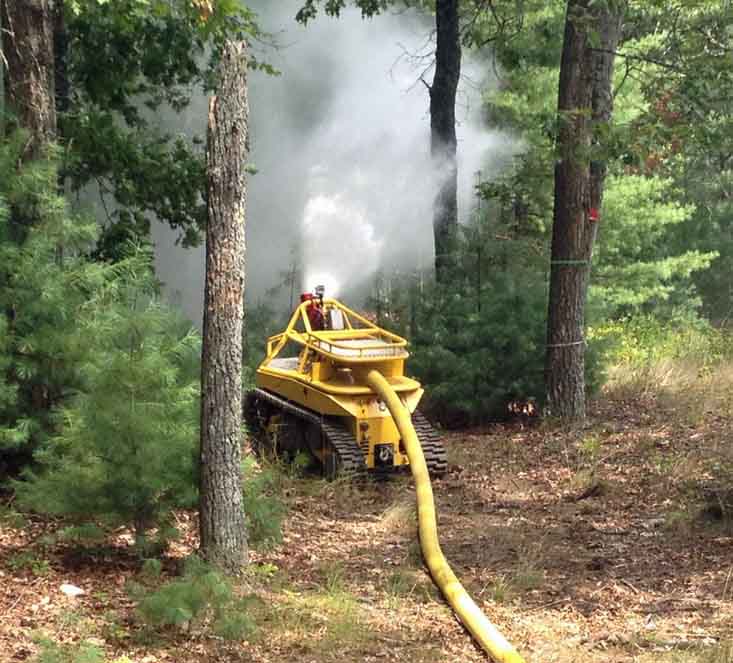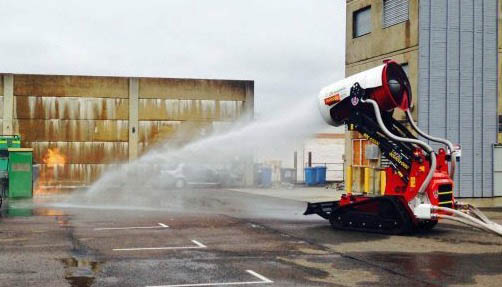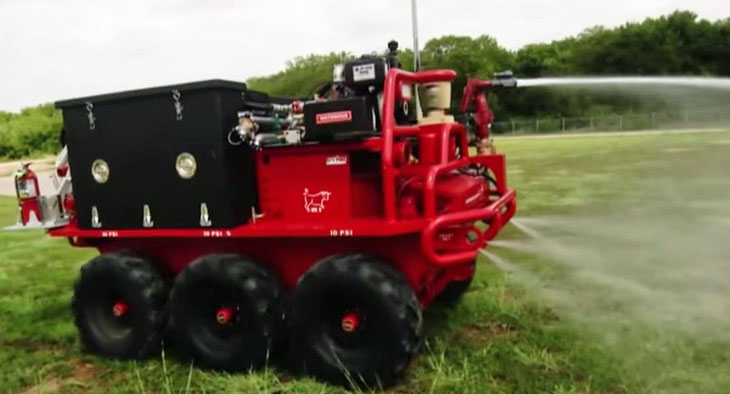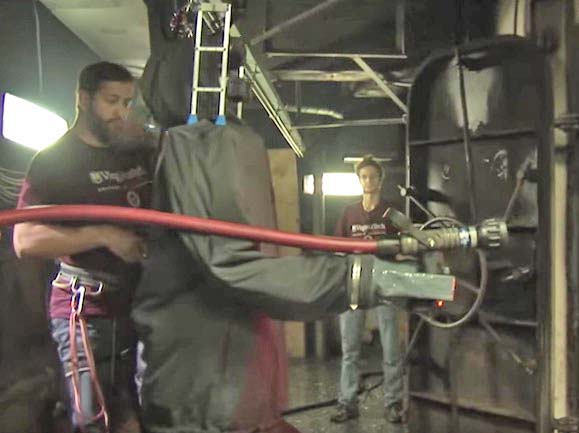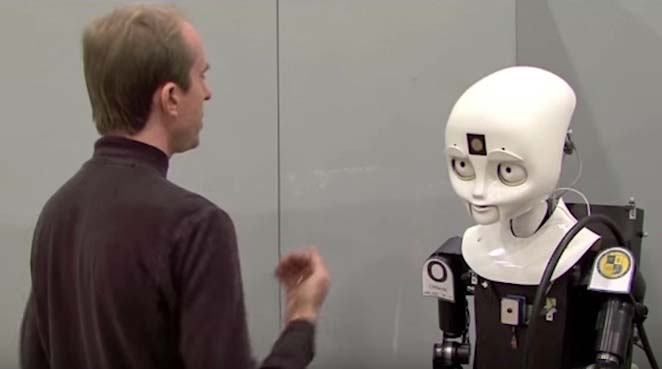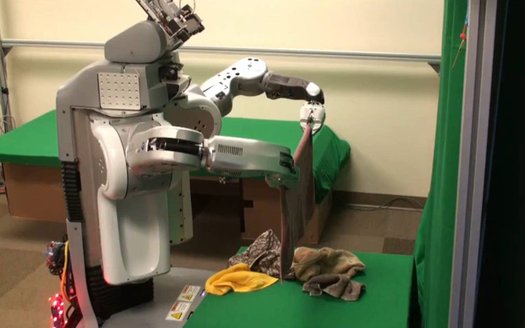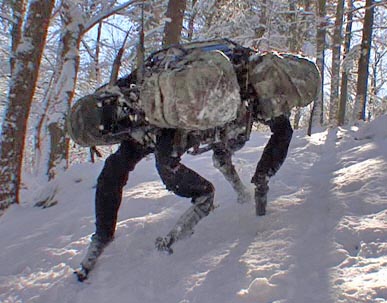Above: Cassie, a robot developed by the University of Michigan, is seen walking through a prescribed fire in this screen shot from the video below.
The folks at the University of Michigan’s robotics lab have shown that a small robot can walk through a slowly spreading, very low-flame-length prescribed fire.
During the next few years robots are not going to replace wildland firefighters. But as was seen as far back as 2009 they might be able to carry heavy loads. For firefighters this could include hauling fuel, hose, pumps, or drinking water to hot shot crews, or resupplying spike camps.
Below is an excerpt from an article at Wired:
You might notice the Cassie still walks a bit gingerly. But [Jessy] Grizzle and his team are constantly tweaking the biped’s algorithms, then testing it all out in the real world … that’s sometimes on fire. It still struggles with larger obstructions like fallen tree limbs, but these are the kinds of challenges that are going to push the platform forward. Theoretically, you could outfit a Cassie—which would set you back a few hundred thousand dollars, by the way—to see straight through the smoke with lidar. It could see things no human firefighter could.
“I think it is an interesting demonstration of the ability to get robots out of the lab and into the real world, with a view toward robots that are able to perform useful tasks and get humans out of harm’s way,” writes Caltech’s Aaron Ames, one of a handful of roboticists who’s using the Cassie platform to study robotic bipedal locomotion. “We are still a long ways from autonomous firefighting robots, but the robots of today—and the dynamic walking control algorithms that have been developed recently—take an important step in this direction.”


